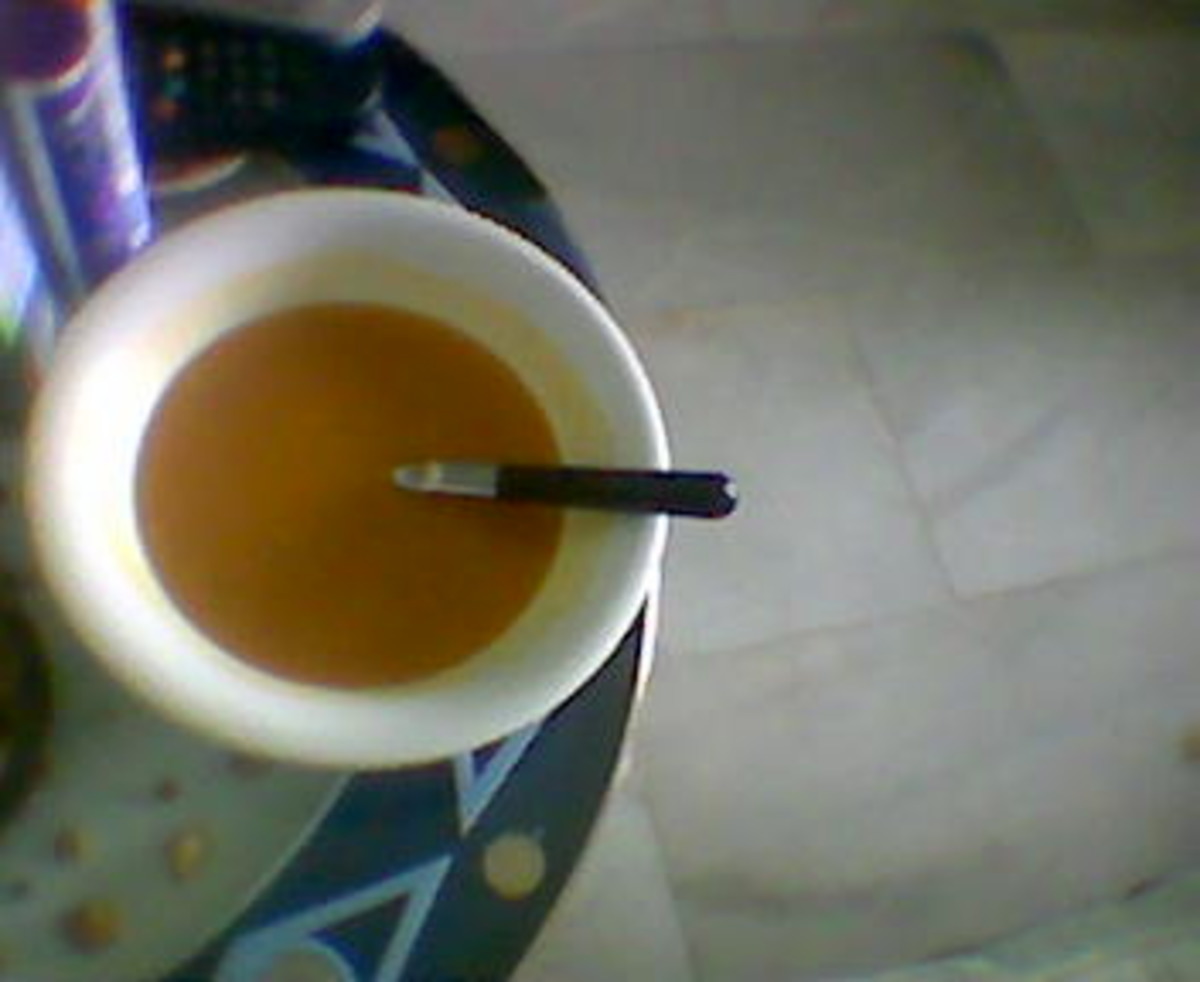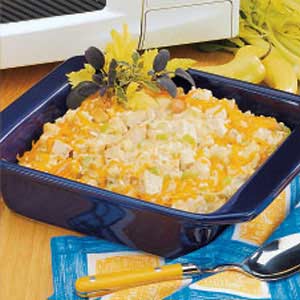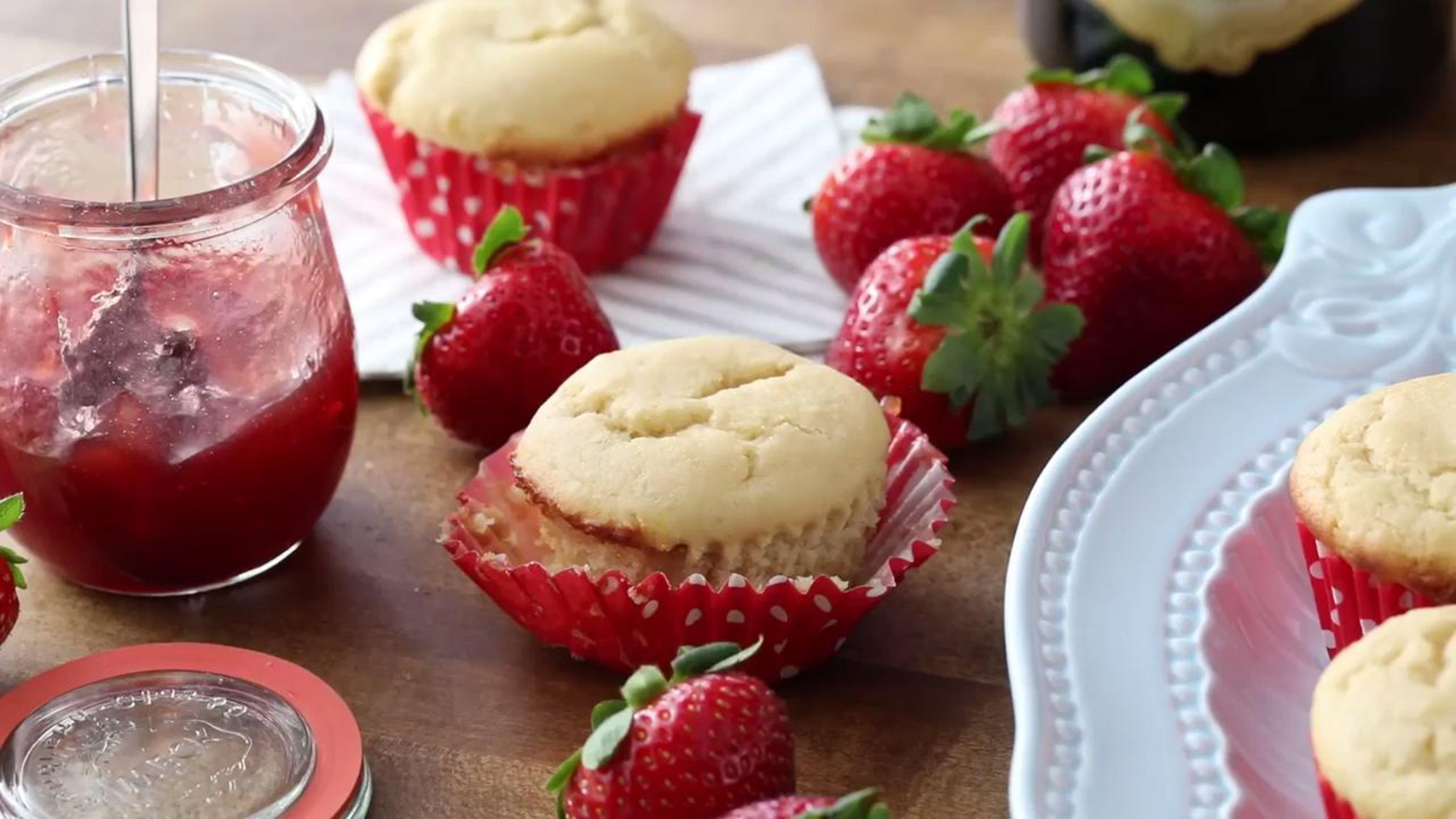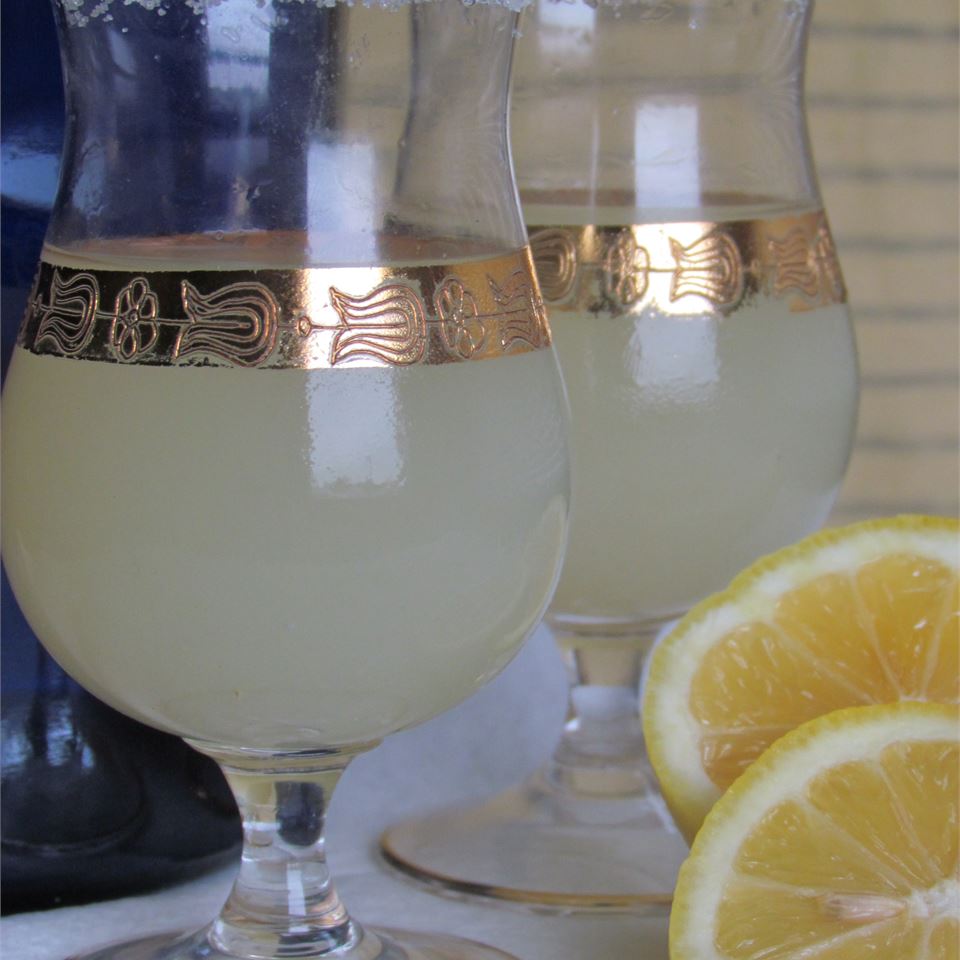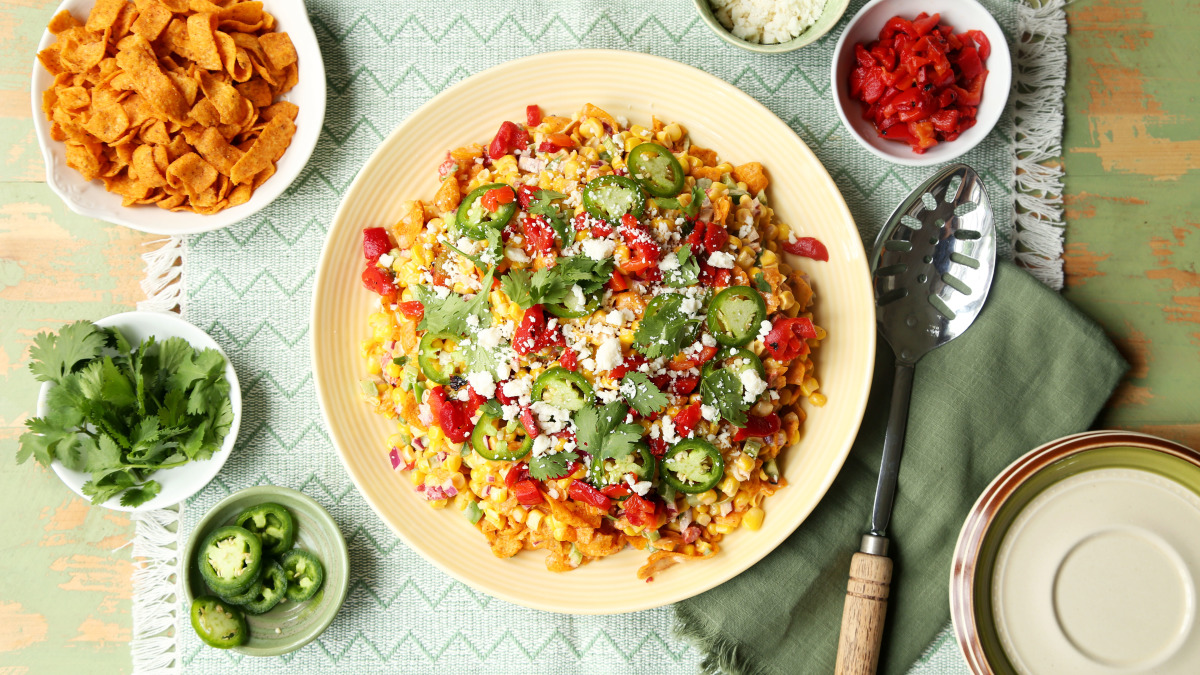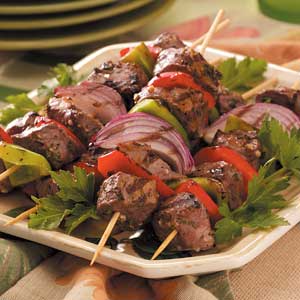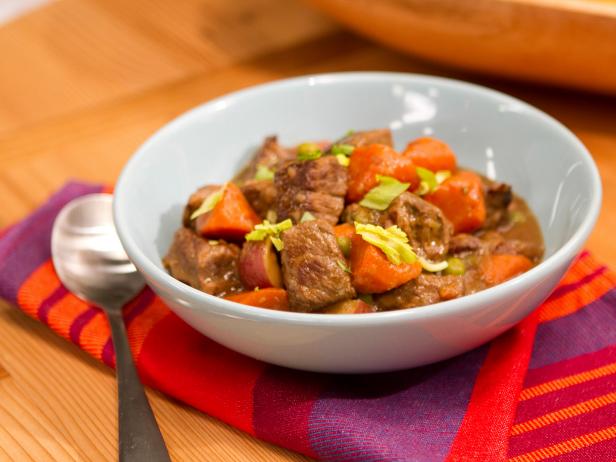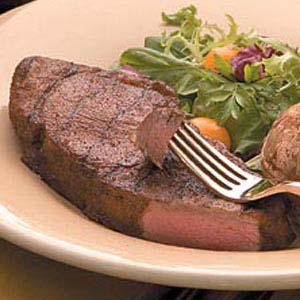**Dye Easter Eggs Naturally with Colorful and Creative Techniques**
Celebrate the vibrant spirit of Easter by transforming plain white eggs into a kaleidoscope of colors using natural ingredients. Discover our collection of easy-to-follow recipes that showcase a variety of techniques to create stunning Easter eggs. From the classic vinegar and food coloring method to the unique marbling effect achieved with shaving cream, each recipe offers a fun and creative way to engage the whole family in this delightful tradition. Embrace the magic of Easter with these natural dyeing methods that result in vibrant and eye-catching eggs, perfect for decorating your home, gifting to loved ones, or participating in egg hunts. Let's dive into the colorful world of Easter egg dyeing and create memories that will last a lifetime.
TO DYE EASTER EGGS
There's no need to buy special kits for dyeing Easter eggs-all the ingredients you need are probably already in your cupboards.
Categories Quick & Easy Easter Egg Kid-Friendly Small Plates
Number Of Ingredients 4
Steps:
- To make 1 color:
- Line large baking sheet with paper towels and top with wire cooling rack.
- In small bowl or cup, stir together 1/2 cup boiling water, vinegar, and food coloring. Immerse eggs in dye, turning occasionally to ensure even coating, until desired color, about 5 minutes. Using slotted spoon or tongs, remove eggs from dye and transfer to rack to drain. Refrigerate when dry.
- Here are some ways to create designs on your eggs:
- Striped Easter Eggs: Wrap a portion of the egg with a rubber band before dyeing. Once the egg is dry, remove the rubber band to reveal the white, undyed strip underneath.
- Decal Easter Eggs: Another way to block off portions of the egg: Affix stickers or tape in shapes such as daisies or dots before dyeing. Remove once the egg is dry.
- Free-Hand Easter Eggs: A third way to block off portions: Before dyeing, draw on the egg with a light-colored crayon or wax. If desired, once the egg is dry, the wax can be softened by holding the egg over a candle flame and then wiped off.
- Two-Toned Easter Eggs: All three of the above methods can be used to create two-toned eggs: Dye the whole egg a light color, such as pink, and let it dry. Then wrap the egg with a rubber band, affix stickers, or draw a design in crayon. Dye the egg a second color, such as blue. Once dry, remove the rubber band, stickers, or crayon. The areas blocked off will remain the first color (in this case, pink), while the rest of the egg will turn a combination of the 2 colors (in this case, purple).
- Ombre Easter Eggs: Dip a portion of the egg in one color and another portion in another color. If the two sections overlap, that area will turn a combination of the two colors.
EASTER EGGS - EGG DYE
Don't buy the tablets, use whats in your pantry! Glitter and tie-dyed eggs too! Use in recipe #153466 to make Cascarones. Cook time is drying time. Safe and natural for those of you who eat them easter morning!
Provided by MommyMakes
Categories Very Low Carbs
Time 35m
Yield 1 egg bath
Number Of Ingredients 6
Steps:
- For each dye bath combine 1/2 cup boiling water with 1 tsp vinegar and 10 drops of food coloring in a bowl. Start with 5 drops red and 5 drops yellow, for orange for example, or 6 drops blue and 4 drops green for turquoise.
- Dip hard-cooked eggs in dye bath for 3-5 minutes, extend time for richer color. Try using tongs to dip only half an egg in one color, then dip other half in a different color.
- Use tongs or a slotted spoon to remove eggs and place on wax paper to dry, blot any excess with a paper towel.
- For tie dyed eggs, add 1 tbsp olive oil to the mixture and stir with a fork. Roll egg gently in bath to pick of streaks of color. Remove egg from bath and blot oil off with a paper towel, then dry on wax paper. Once dry, lightly dip in another color if desired.
- For glitter eggs, brush dried dyed egg with a thin layer of craft glue. Spoon glitter over egg, allow to dry on wax paper. To put glitter on only part of an egg (half blue, half red for example), use masking tape over the un-glittered part (or use stickers for shapes) and once dry remove masking tape and glue/glitter the remaining area.
- For letters, numbers or shapes use small vinyl stickers (office or hardware supplies) and place them on the egg before dying. Once slightly dry peel off stickers gently. You can also use a white crayon to write names or draw pictures.
- If you plan to eat your easter eggs, never leave them unrefrigerated at any point for more than 2 hours.
Tips:
- Choose fresh eggs: Use eggs that are as fresh as possible, as older eggs are more likely to crack when boiling.
- Wash eggs thoroughly: Before dyeing, wash the eggs thoroughly with warm water and a mild dishwashing liquid to remove any dirt or residue.
- Use white vinegar: Adding white vinegar to the boiling water helps to set the dye and prevent the colors from bleeding.
- Use food-grade dyes: For best results, use food-grade dyes specifically designed for dyeing Easter eggs.
- Experiment with different colors: Feel free to mix and match different colors to create unique and vibrant designs.
- Let eggs cool completely: After dyeing, let the eggs cool completely before handling them to prevent the colors from smudging.
- Decorate with embellishments: Once the eggs are dry, you can decorate them further with stickers, glitter, or other embellishments.
Conclusion:
Dyeing Easter eggs is a fun and creative activity that can be enjoyed by people of all ages. With a variety of techniques and colors to choose from, there are endless possibilities for creating unique and festive Easter eggs. Whether you're a seasoned pro or a beginner, these tips and recipes will help you create beautiful and eye-catching Easter eggs that will add a touch of joy and color to your holiday celebrations.
Are you curently on diet or you just want to control your food's nutritions, ingredients? We will help you find recipes by cooking method, nutrition, ingredients...
Check it out »
You'll also love





